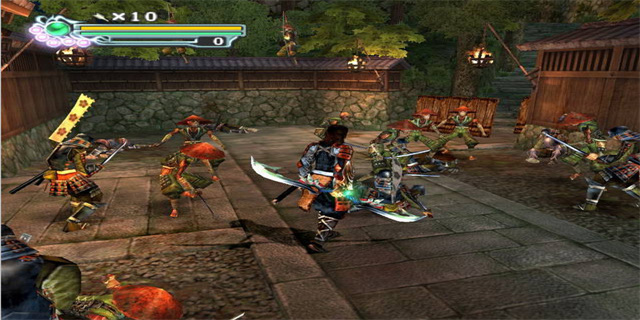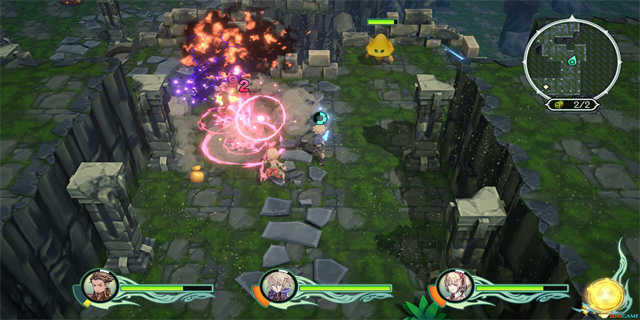七年级英语语法(Basic Grammar Rules for 7th Grade English)
Basic Grammar Rules for 7th Grade English
Introduction to Grammar:
Grammar is an essential part of learning any language, including English. It provides a structure for communication and helps us convey our thoughts and ideas accurately. In seventh grade, students dive deeper into English grammar, learning more complex rules and concepts. This article will cover three important areas of grammar that 7th grade students should focus on: parts of speech, verb tenses, and sentence structure.

1. Parts of Speech:
Understanding the parts of speech is crucial for constructing grammatically correct sentences. Here are the main parts of speech:

Noun: A noun is a word that names a person, place, thing, or idea. Examples: Susan, park, book, happiness.
Pronoun: A pronoun is used to replace a noun in a sentence to avoid repetition. Examples: he, she, they, it.
Verb: A verb is a word that expresses an action or state of being. Examples: run, eat, is, are.
Adjective: An adjective describes or modifies a noun or pronoun. Examples: beautiful, tall, delicious.
Adverb: An adverb describes or modifies a verb, adjective, or another adverb. Examples: quickly, very, often.
Preposition: A preposition shows the relationship between a noun or pronoun and other words in a sentence. Examples: in, on, at, under.
Conjunction: A conjunction connects words, phrases, or clauses in a sentence. Examples: and, but, or.
Interjection: An interjection expresses strong emotions or sudden bursts of feelings. Examples: wow, ouch, hurray.
2. Verb Tenses:
Verb tenses convey the time and continuity of an action or state. Understanding verb tenses is crucial for effective communication. Here are the main verb tenses students should focus on mastering in seventh grade:
Present Simple: Used to describe routine actions or general truths. Example: Jake plays basketball every day.
Past Simple: Used to describe completed actions in the past. Example: Sarah ate lunch at noon.
Future Simple: Used to describe actions that will happen in the future. Example: We will go to the movies tomorrow.
Present Continuous: Used to describe ongoing actions in the present. Example: They are watching a movie right now.
Past Continuous: Used to describe ongoing actions in the past. Example: I was studying when the phone rang.
Future Continuous: Used to describe ongoing actions that will happen in the future. Example: He will be working late tonight.
3. Sentence Structure:
Sentence structure refers to how words are organized to form a complete and meaningful sentence. Here are the main components of a sentence:
Subject: The subject of a sentence is the person, place, thing, or idea that the sentence is about. Example: Mary loves cats.
Predicate: The predicate includes the verb and the information about the subject. Example: Mary loves cats.
Direct Object: The direct object receives the action performed by the subject. Example: She bought a new book.
Indirect Object: The indirect object receives the direct object or the action. Example: Sara gave me a gift.
Modifiers: Modifiers provide additional information about nouns and verbs in a sentence. Example: The big dog barks loudly.
Dependent Clause: A dependent clause cannot stand alone as a sentence. Example: Although she was tired, she went to the party.
Conclusion:
Mastering these basic grammar rules in seventh grade will provide a solid foundation for future language learning. Remember to practice using these rules in writing and speaking to become a more confident English communicator. With time and practice, grammar will become second nature to you!
Basic Grammar Rules for 7th Grade English Introduction to Gr
2023-12-11



















